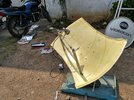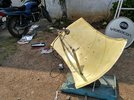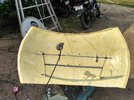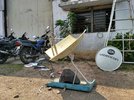A
archive10
Guest
I fully understand what you're saying.Good questions @st1 !
Not really.... Central LNB is more down and forward in such a way that distance from each LNB's focal point has same distance to it's own "Le point G" on the surface of the dish. In Post #7 I was trying to show (green solid line) all points G connected. Perhaps I was wrong... but I can check that drawing real line on antenna by connecting all real points G. Secondly, edgy LNBs are higher than central LNB, that is because Clarke-belt is not straight but curved from antenna point of view. View attachment 80955
I think this antenna would better work on the equator looking directly up and all satellites seen on one straight line.
I am not (at this time) questioning the height or in/out placement of the LNBs.
What I am curious about is that all your LNBs seem to be aligned on their central axes. That is, all LNBs seems to be pointing roughly in the same direction in space.
(I find this challenging to describe in written text, but here goes

However, the mirror is curving left-right, so the central axies (or pointing direction) of the LNBs should be fanned out in a curve too. The LNB central axis should be perpendicular to the arc at any given LNB mounting point. If you look in the manual page in post #32 at the angling of the LNBs, you will see that they are following the arc in the vertical plane.
From your pics, it looks like the "edgy ones" are pointing at an angle to the dish surface. Now this will work, as this is how it works with multi-feed LNB configurations on "normal" paraboloid dishes, but what you effectively have is all LNBs in an increasing off-axis position.
So my question was really in two parts:
1) Are you sure if your LNBs are in the centre of the "virtual dish", or at an off-axis angle (having a somewhat more diffuse signal)?
2) If they are in the centre, shouldn't they be pointing with their main axis strictly perpendicular to the dish surface in the centre of the virtual paraboloid dish?

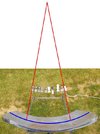
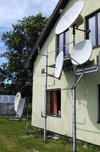
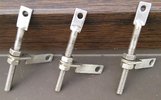
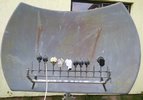
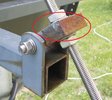
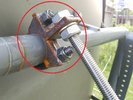
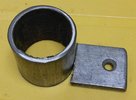
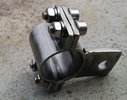
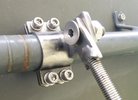
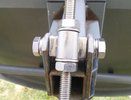
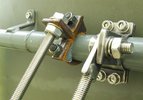
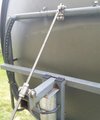
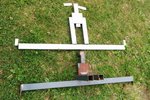
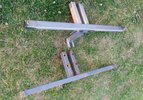
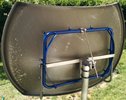
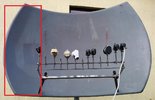
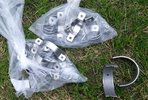
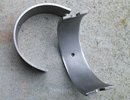
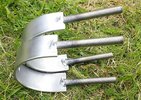
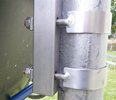
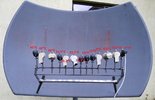
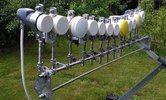
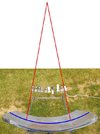
 . However because he has extended the range of the multifeed bracket, the outer LNBs should of course NOT point mostly outside the dish; there he should aim the LNB a bit more inward...;).
. However because he has extended the range of the multifeed bracket, the outer LNBs should of course NOT point mostly outside the dish; there he should aim the LNB a bit more inward...;).